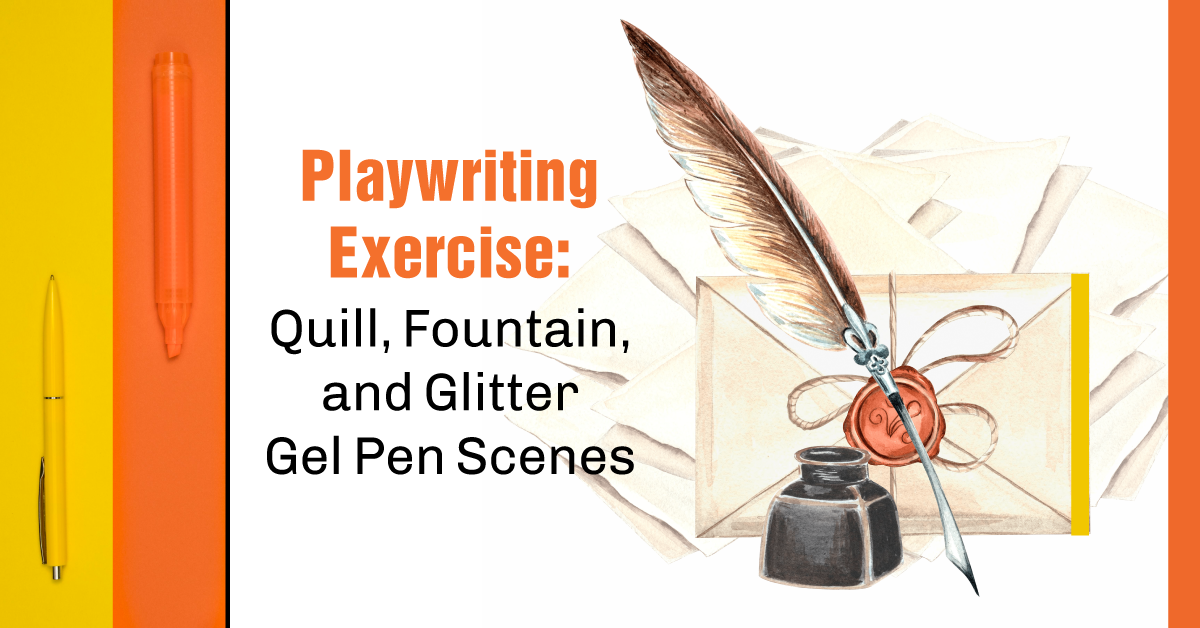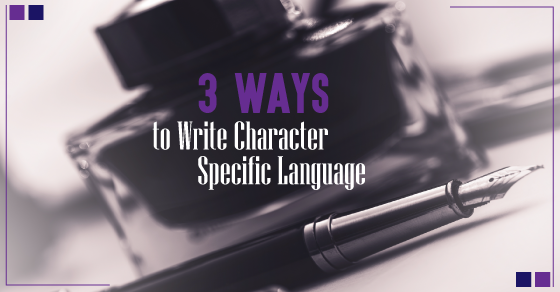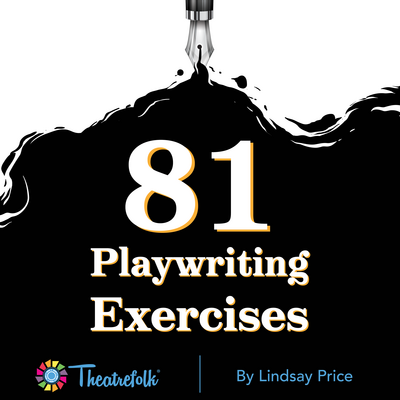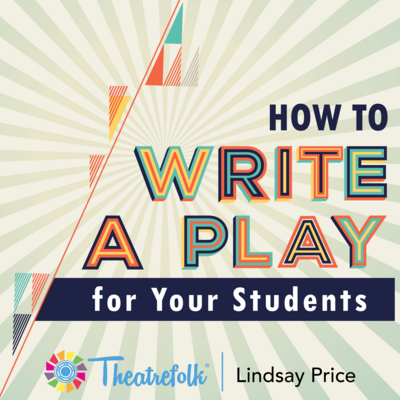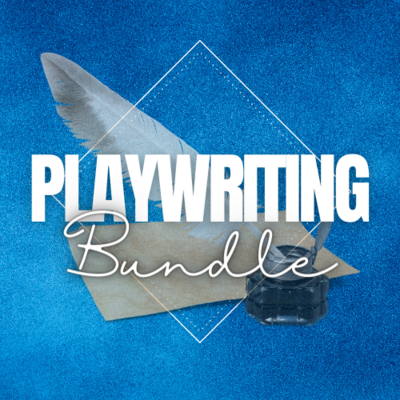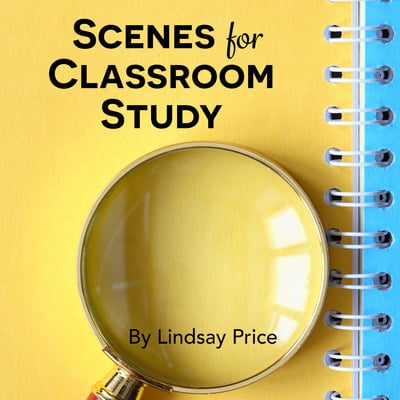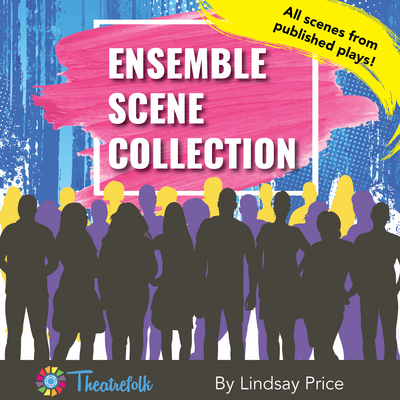Sense Scenes
Have fun with the five senses!
Students write a different header on five different pieces paper:
1. Sight (objects)
2. Sound
3. Smell
4. Touch (Textures)
5. Taste
Go through the headers with the class and give them an example for each.
Then have students create an their own examples for each sense.
For Sight , come up with five objects. (e.g. car, stapler, trash can, sandbox)
Sound is self-explanatory as is Smell – five sounds, five smells.
For Touch , have students come up with five textures. (e.g. fuzzy, smooth, rough)
For Taste , they can use food or drinks. But also encourage them to think outside the box. Perfume, for example, has a taste.
Once you go through each sense once with your students, give them a few minutes to come up with their own. Five minutes tops.
Next, tell your students they are going to be writing short scenes (10-15 lines). Each scene will have two characters and take place in one location. Brainstorm with your students on different types of characters and different locations. Put these on the board for students to choose from.
Students start with the Sight page. They write their first scene using the objects example as inspiration. All five of their examples must make their way into the scene somehow.
Students move on to the Sound page. Write a short scene using the sound examples.
Next the Smells page. What kind of scene can they write inspired by smells?
And then the Touch Page. What kind of scene can they write inspired by the textures examples? What do those textures represent? Are they characters? Are they indicative of a location?
Lastly the Taste page. Write a short scene inspired by the taste examples.
Discuss the writing afterward. Which sense was easiest to incorporate into a scene? Which sense was hardest? Would it be easier to combine senses rather than to limit a scene to just one sense? How does exploring the senses help in your future writing?
Related Articles
81 Playwriting Exercises
by Lindsay Price
81 exercises that can be used to get students in the habit of writing on a regular basis.
How to Write a Play for your Students
by Lindsay Price
You’ve chosen to write a play for your students! Where do you start?
Resource Bundle - Playwriting
Use these 4 Playwriting drama teaching resources to make playwriting possible with your students. Great for warm-ups, prompts, writer's block and more!
Scenes for Classroom Study
by Lindsay Price
Scenes for Classroom Study consists of scenes from published Theatrefolk plays and is designed to help with character study, scene work, substitute teachers, performance, Individual Event competitions and so much more.
Ensemble Scene Collection
by Lindsay Price
Looking for quality scenes for your ensemble that haven't been done a million times? This Ensemble Scene Collection contains 33 scenes from published plays - great for competition and classwork!


